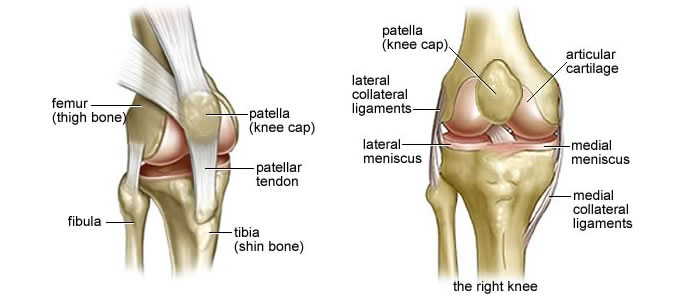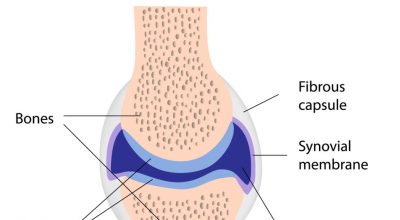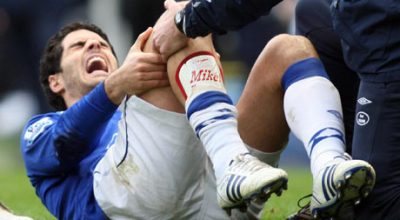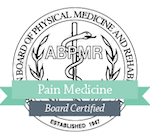
People are experiencing more and more problems with their knees than ever before. In America, people who have been complaining pain on the knees have skyrocketed along with the number of individuals undergoing knee joint surgeries and replacements.
Knee pain is uncomfortable and is debilitating. Simply put, knee pain hurts. However, pain is not just a feeling; it is a signal – a form of communication that your body uses to send an alert or emergency flare telling that something is wrong.
Your Knee and its Parts
Have you ever imagine or thought of the demands you put on your knees?
Take a moment now, can you remember how you kneel to pick up something? Or run when you are late for work, or even when you bend down to pick up and carry your kid?
Whether you notice it or not, you always use your knees to move, to walk, and to accomplish daily tasks. Even if the knees are designed only to bend or move only in one direction, it performs a tremendous amount of mobility and rotational ability. And the secret to the knee’s magical ability in terms of its strength and versatility lies in its unique structure.
- The Bones
The knee is considered as a compound hinge joint, as it has four major bones in and around it. Its complex anatomy allows it to perform movements such as flexion (bending), extension, and some sliding or axial rotation of the femur on the tibia.
- The Muscles
The Muscles on your knees helps knee movement. They have the ability to stretch, stabilize, and move. The strength of the surrounding muscle groups in your knees are the key to your knees’ health: the more support you get from these muscles, the more stable their mechanism is – and the less strain on the joint itself.
- Tendons, Ligaments, Cartilage, and Synovium
The tendons connect the muscles and bones. They are like white rubber bands that are stuck to the ends of the bones. These tendons are prone to inflammation when overused. And if inflammation occurs for an extended period of time, a scar tissue or a tear can form in the area.
The ligaments, on the other hand, are the ones that connect bone to other bones. These ligaments don’t stretch much. They allow the knees to move, but it also protects the knee from going too far out of its alignment.
The cartilage is the one that cushions the knee. It is a spongy tissue at the end of the bones. It provides protection, absorbs shock, and provides a smooth surface to facilitate the bones’ movements.

The synovium or synovial membrane is the lining of the joints. It is a specialized connective tissue that makes directs contact with the synovial fluid, which is the lubricant that is responsible for reducing friction during movement.
What Puts You at Risk for Knee Pain and Injuries?
- Wrong Alignment
The way the body parts (including your legs) are positioned is in relation to the other body parts. The leg is a closed system, and if any of the component or parts of the leg gets out of the grid, it can throw the others out of the whack as well. It also means that, the part will be more prone to injury because of the extra load it carries and because it has less protection. It also means that you can be predisposed to having arthritis or other bone-overused injuries?
- Genes and Gender
Your family history is one of the biggest factors determining your susceptibility to knee injury or pain. For example, if both of your parents have severe arthritis, chances are, you will have it too!
- History of Injury
 Previous injury puts you at a high risk for another knee injury or knee pain. Even though our bodies have the ability to regenerate itself at some point, the process doesn’t always happen as well. Also, if the previous injury didn’t heal well or if wasn’t treated appropriately, the injury becomes chronic.
Previous injury puts you at a high risk for another knee injury or knee pain. Even though our bodies have the ability to regenerate itself at some point, the process doesn’t always happen as well. Also, if the previous injury didn’t heal well or if wasn’t treated appropriately, the injury becomes chronic.
- Excessive Weight/ Improper Nutrition
Like a bridge, your body has its limits! It is designed to carry a certain amount of load. When you exceed in your weight, you are forcing your knees to take something that it’s not allowed or designed to do. That compromises the foundation of your knees. And like a bridge that is holding heavier loads that it’s not supposed to do, it can collapse due to the undue stress.
- Poor Conditioning
The overall condition of your muscles, bones, ligaments, tendons, cartilages and other parts of your body has a direct impact on your knee health. If you have a poorly conditioned muscles or bones, you are putting yourself at a high risk of knee injury due to the little strength it possesses. How then, can you ask your muscles or bones to perform simple activities in life such as walking if they don’t have the strength to move?
- Low fluid/water Intake
Oftentimes, proper hydration falls at the bottom of the list. Water is a key component to healthy living because you need water for proper muscle contraction and fluid balance. If you don’t have enough fluids in your body, you’ll be subjected to cramping; you’ll feel weak, and you are putting yourself at much higher risks for knee injury!
References:
Halpern, B., Tucker, L., Hughston, J. C., & Brody, J. E. (2003). The knee crisis handbook: Understanding pain, preventing trauma, recovering from injury, and building healthy knees for life. Emmaus, PA: Rodale Press.
Darrow, M. (2001). The knee sourcebook. Chicago: McGraw-Hill Companies, The.
Roberts, A. (Ed.). (2014). Human anatomy: The definitive visual guide. United Kingdom: DK Publishing (Dorling Kindersley).



